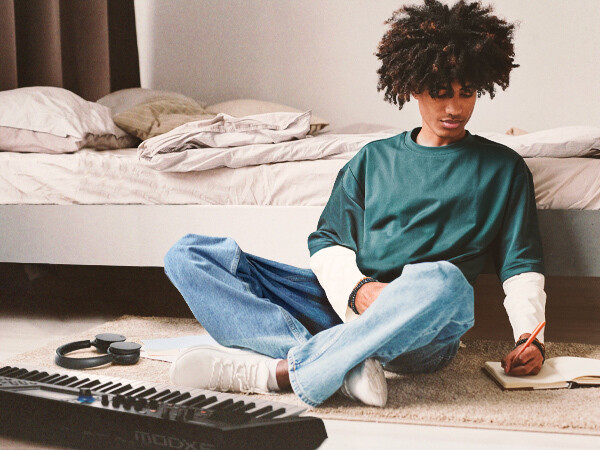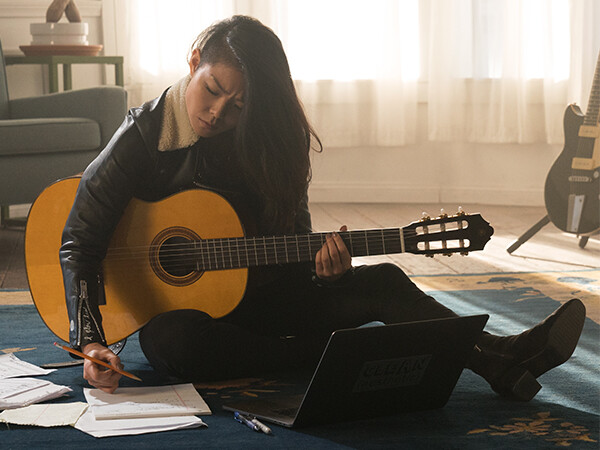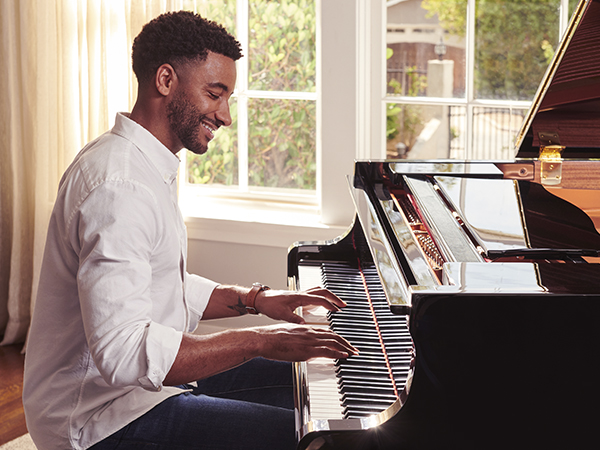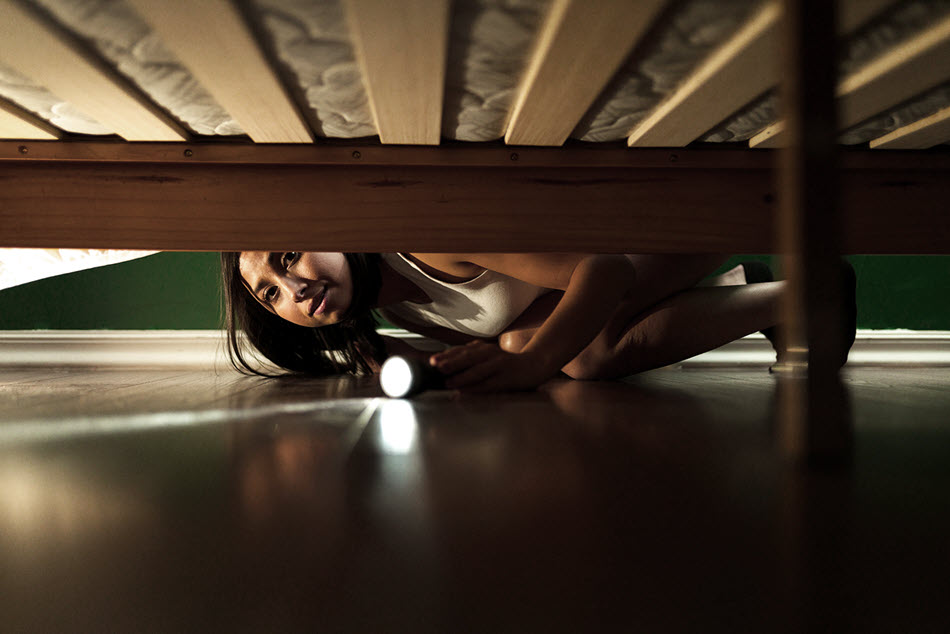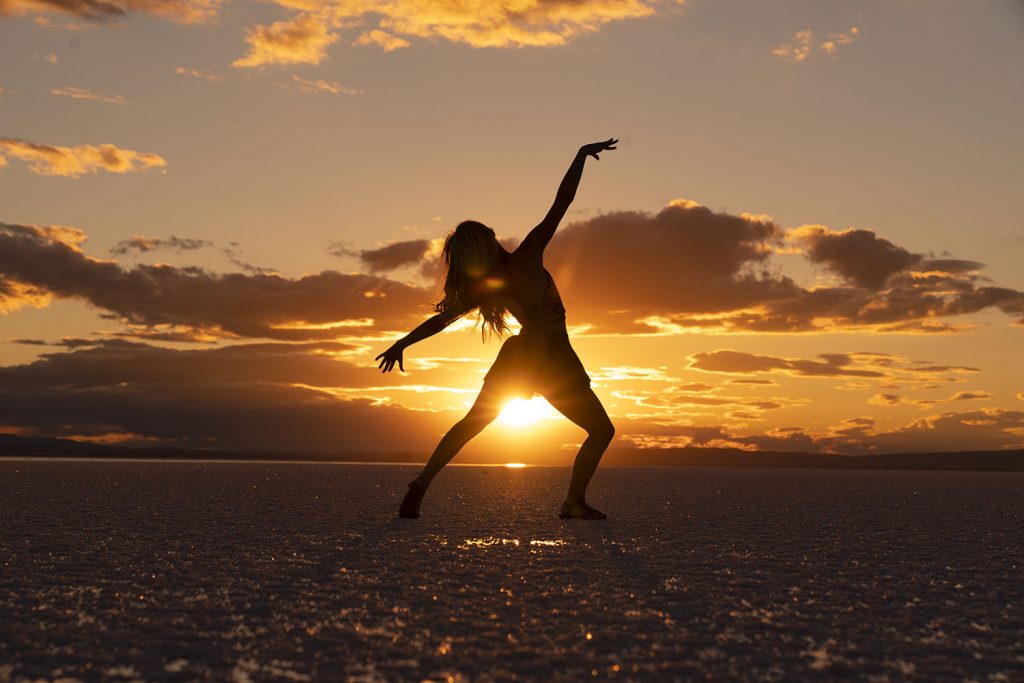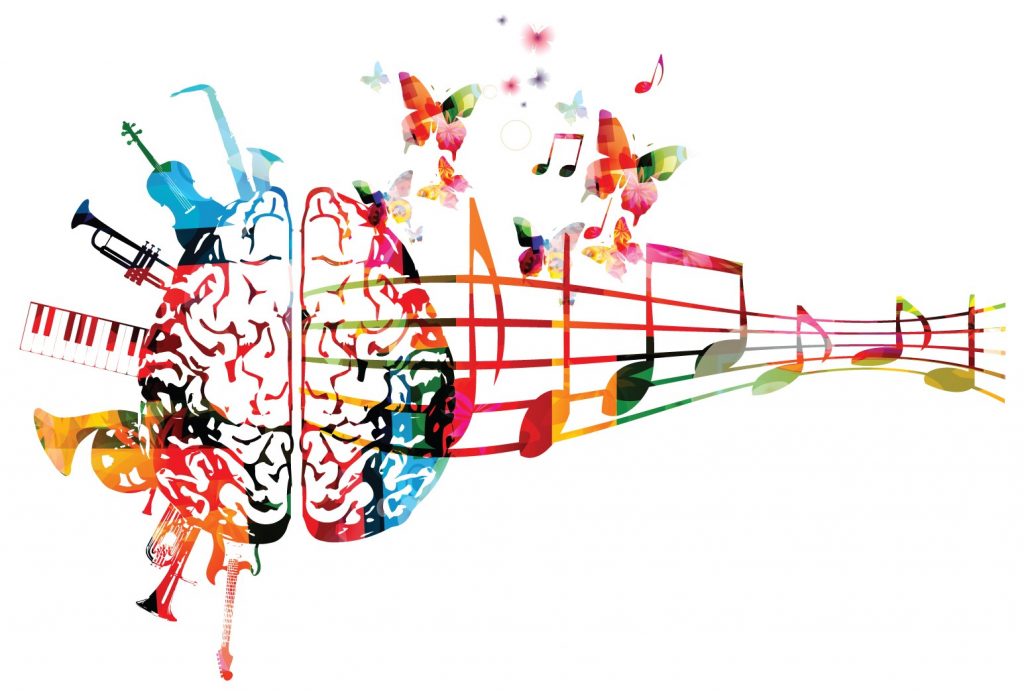Good Vibrations
The beauty of creating face to face.
I’ve been a collaborative songwriter even since I got the bug to be a professional over two decades ago. I’ve always loved the challenge of merging my creative DNA with someone else’s and seeing what happens.
I remember the instructor in my first composing workshop asking the class, “Who would like to write with Shelly?” And I remember the sinking feeling I had inside — the same one I felt in middle school when the coach asked the PE class who wanted to be on my team. Would anybody raise their hand?
Well, someone did — Alex, another aspiring songwriter. We were off and running. In fact, we couldn’t stop. Why had we waited so long? After years of composing music all by my lonesome, I now had a partner. A conspirator. Someone who pushed when I pulled. Someone who had strengths where I was lacking, and vice versa.
Instead of dining alone all the time, I could now share a meal with someone and compare her reaction when the flavor hit our tongues. Songwriting was suddenly a bigger world. It would never be the same.
That first partner is still my dear friend and we absolutely cringe when we listen to the songs we wrote back then — songs we thought were amazing at the time. But it doesn’t matter. What matters is that we held hands and fearlessly jumped in. We learned from each other. We felt the feels together. Co-writing was something we did side by side. Face to face. And we wouldn’t have wanted it any other way. There was beauty in the coexisting, the discovering and co-creating in the same room. There was this kind of vibration when we got it right. A widening of the eyes. We both felt it. At the same time!
But so much has changed in music composing culture. Technology has made it more convenient and easier in many ways to marry music with words. It’s given us the freedom and independence to collaborate with someone on the other side of the world. We can add more texture to productions without musicians, cut and paste at lightning speed, tune vocals, you name it. To be honest, I don’t know how I’d get as much accomplished without a DAW either. But now, instead of somebody sitting across from me and strumming a chord progression in real time, they might program that progression in the privacy of their own space and send a file to be decorated with a melody and a lyric — a combination that has become widely known as a “topline.”
In a songwriting class I teach I’ve noticed that many students co-write transactionally. Perhaps they couldn’t find time to get together, so Joe wrote the verses and Jane wrote the chorus. No wonder compositions sound disconnected. Disjointed. I wonder if the two writers were excited to listen to their creation first thing the next morning … or if they were simply relieved to get the assignment finished.
I’ve even started hearing the process called “making songs” instead of songwriting. Until recently I didn’t understand this modern renaming of the craft I hold so dear. But it makes sense. It’s the combining of ingredients.
Listen, I enjoy writing to pre-fab instrumental productions occasionally. I’ll press play on a tasty track that a trusted and seasoned pro has sent me and marinate with it for days. On my own. While I cook. During a run. When I drive. Words fall out and feel right, and nobody interferes with my flow. It’s a change of pace. I get it. But it’s a different sport.
I try to convey this to my students, because it would break my heart if they never got to experience that magical good vibration. I urge them to give face-to-face collaboration a try, because when all is said and done, there’s really nothing like the feeling of a song coming together symbiotically — two people simultaneously recognizing that vibration when they get it right.










